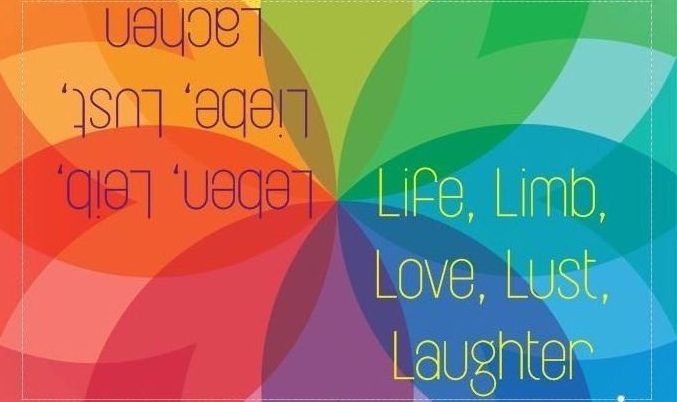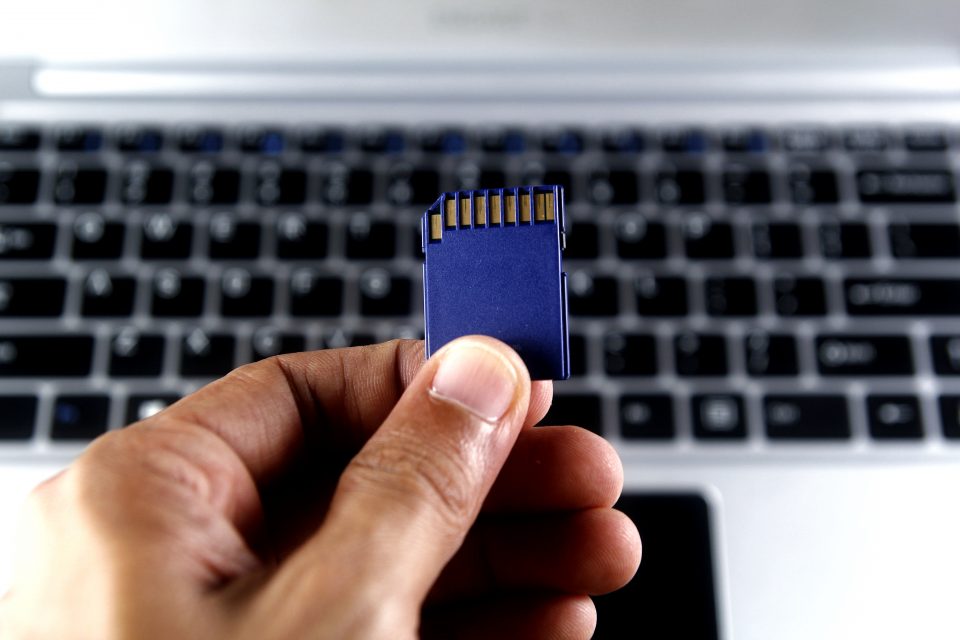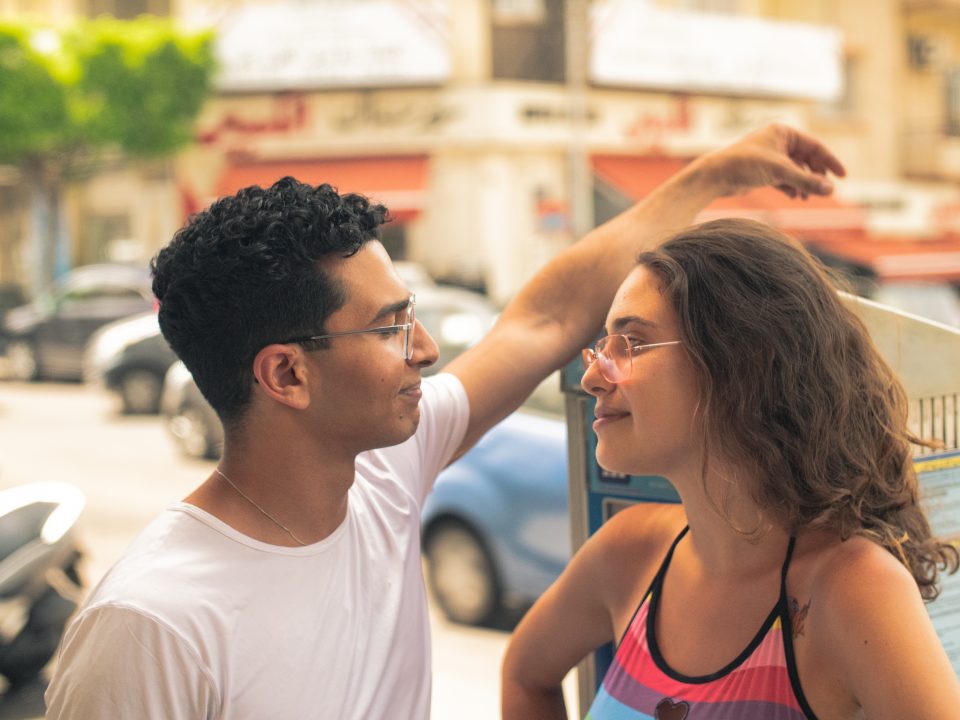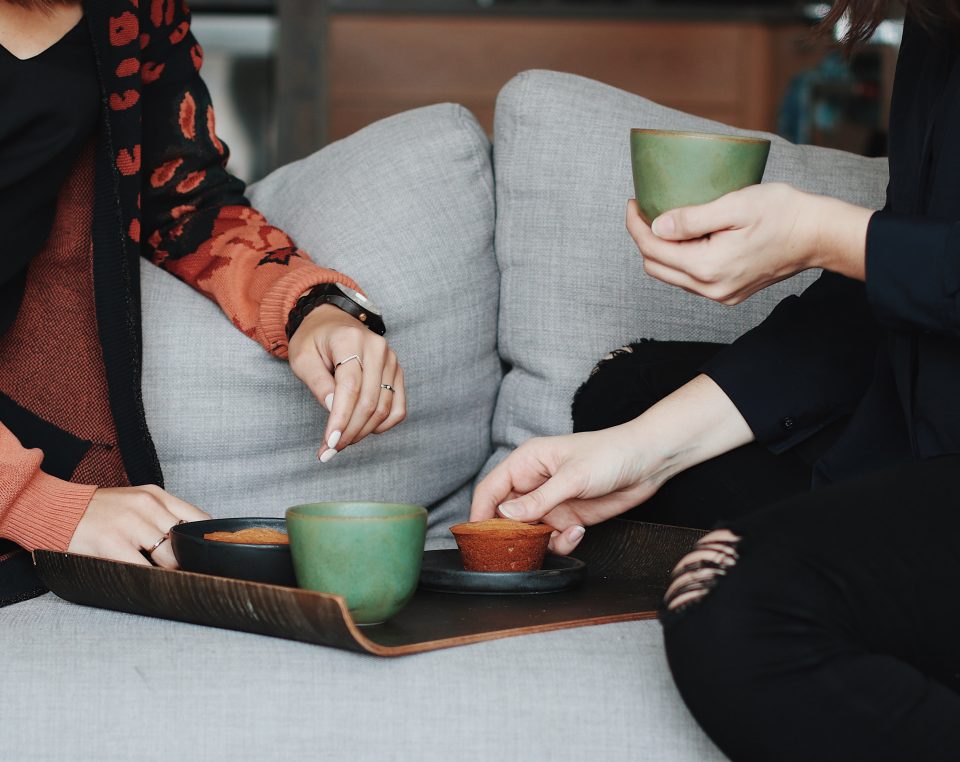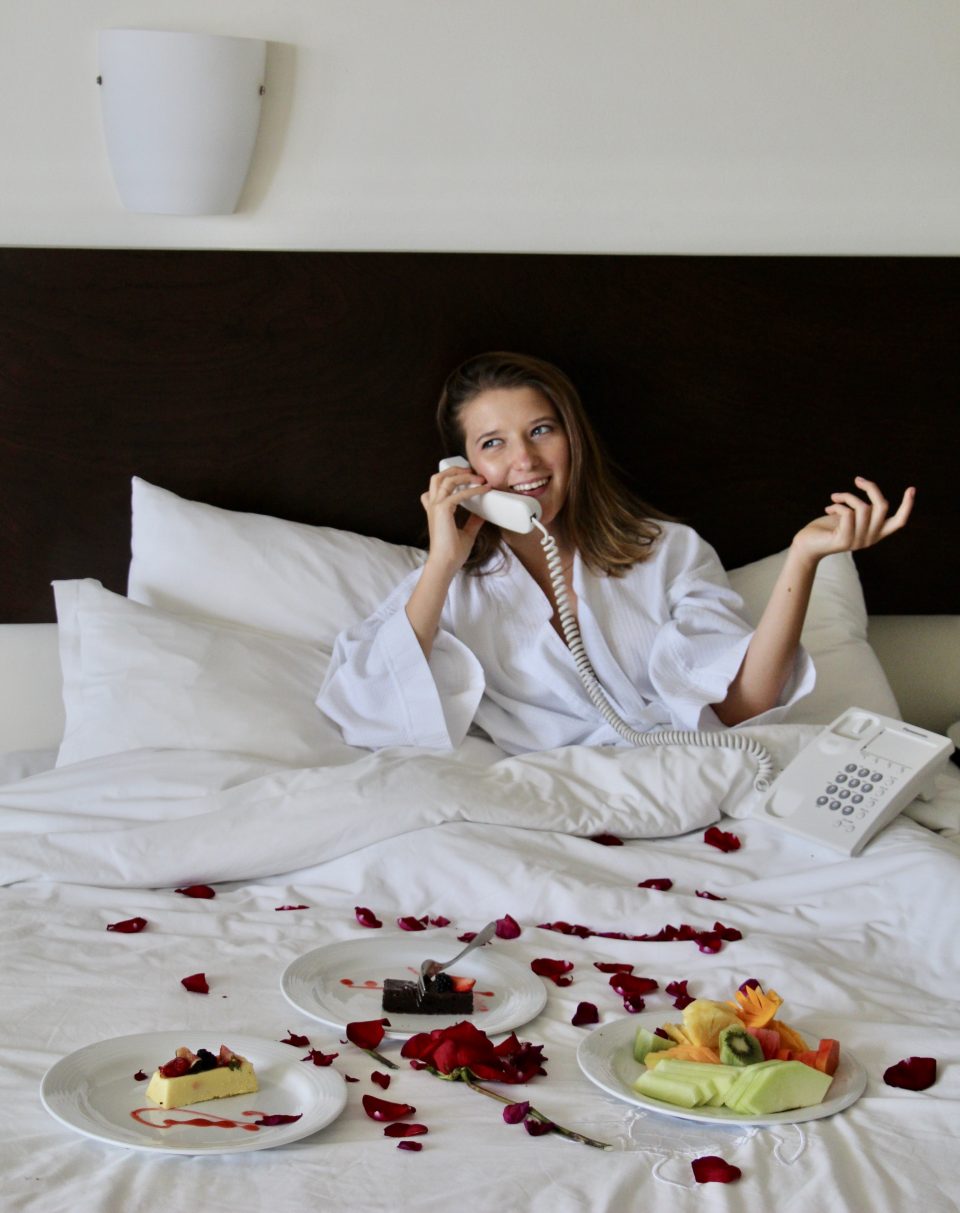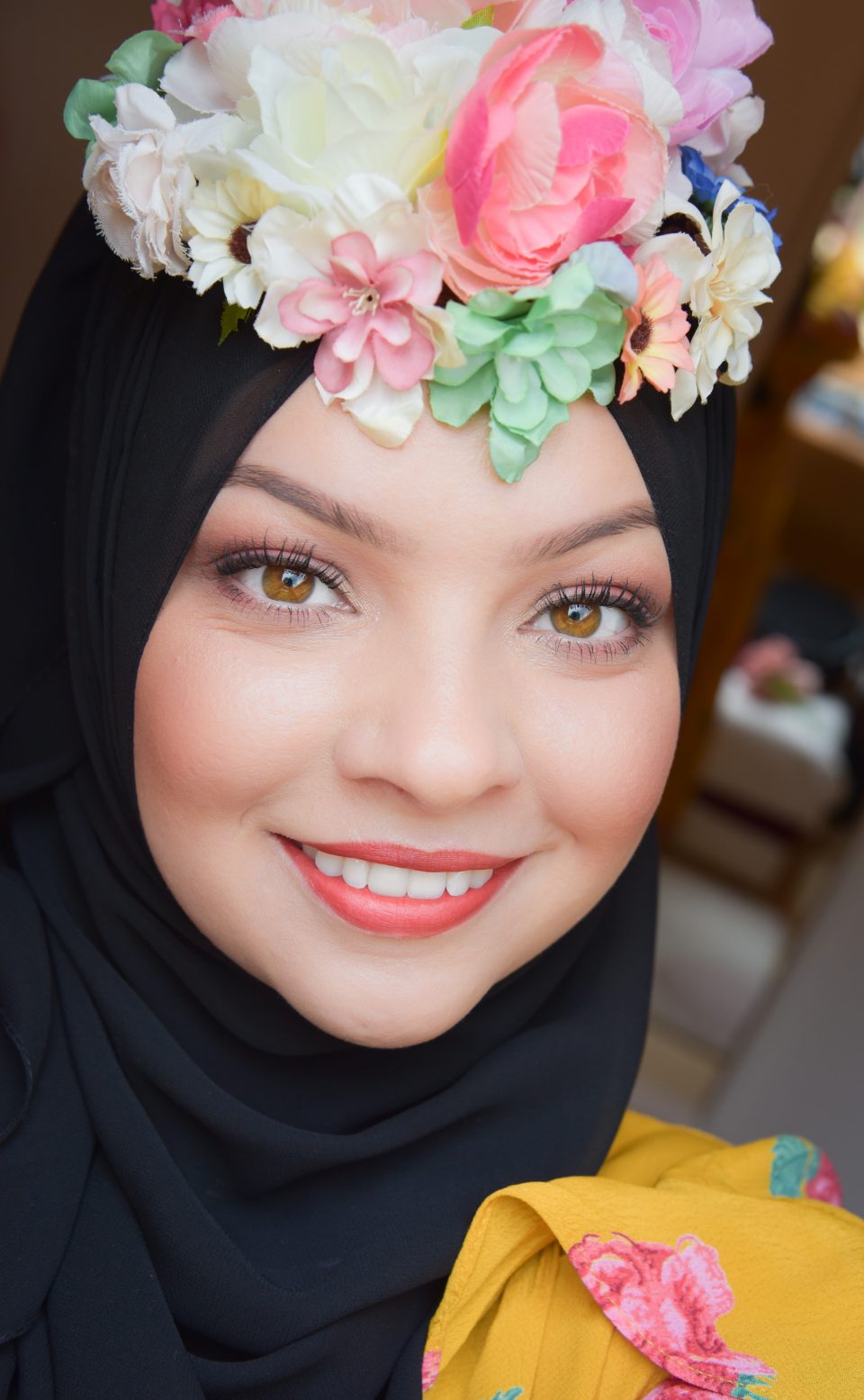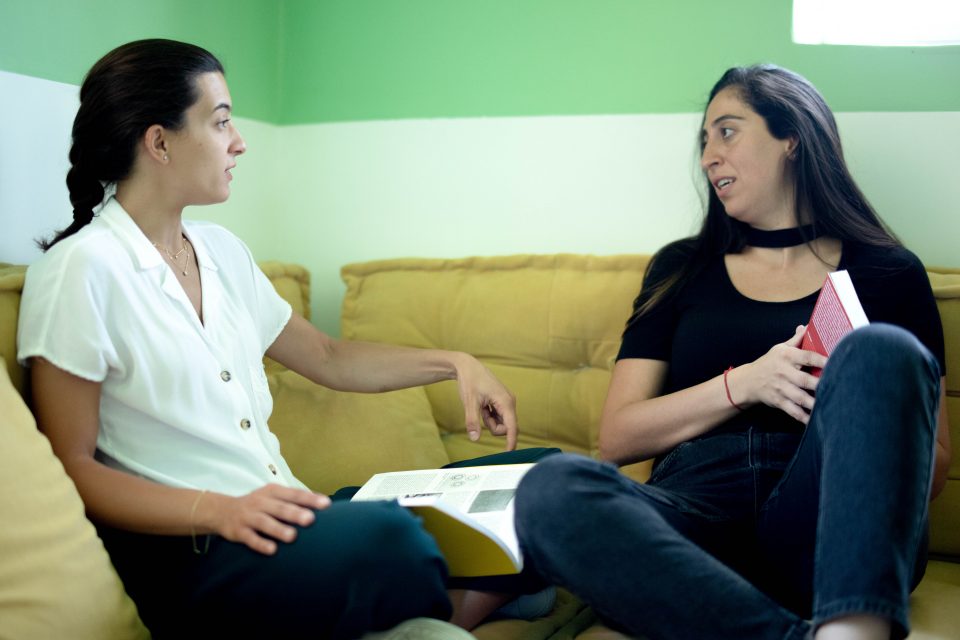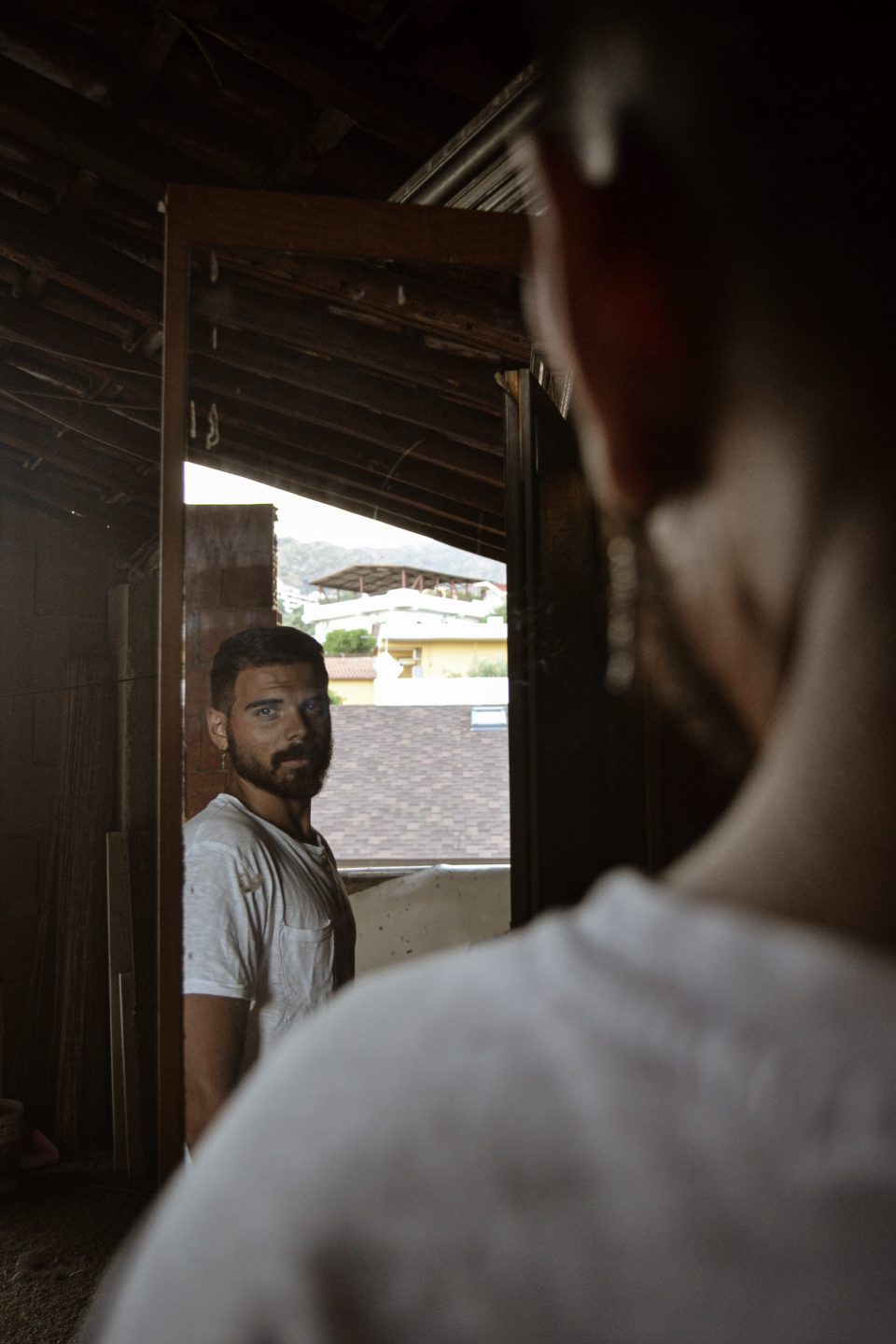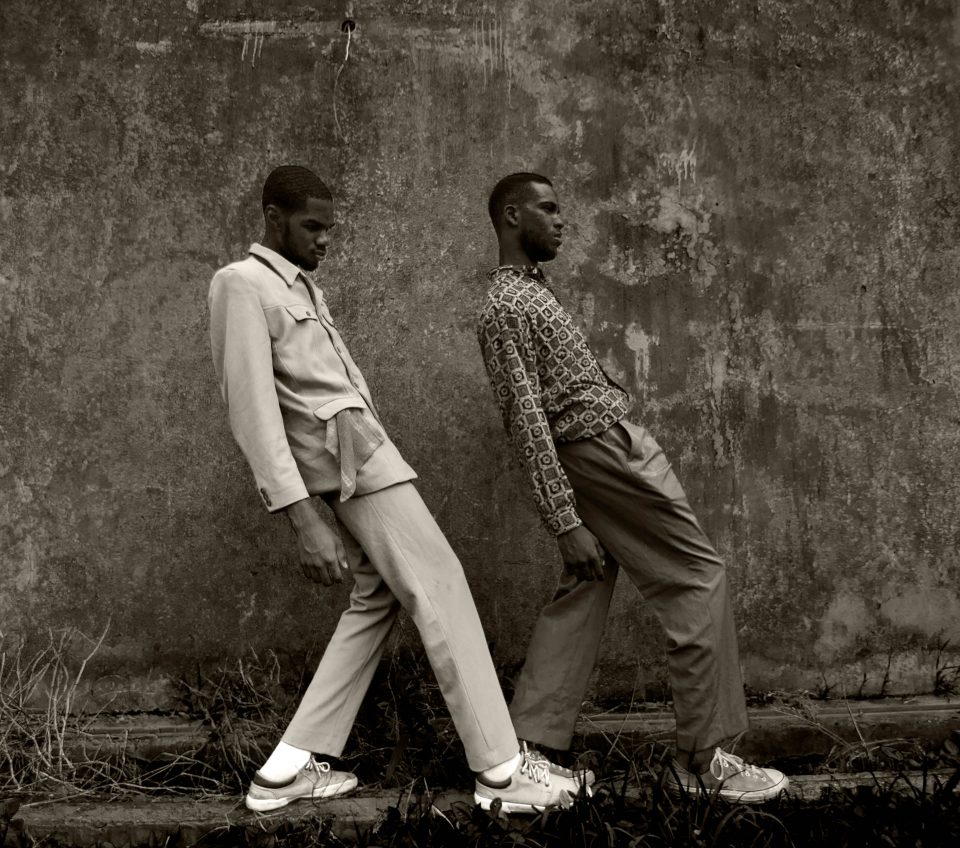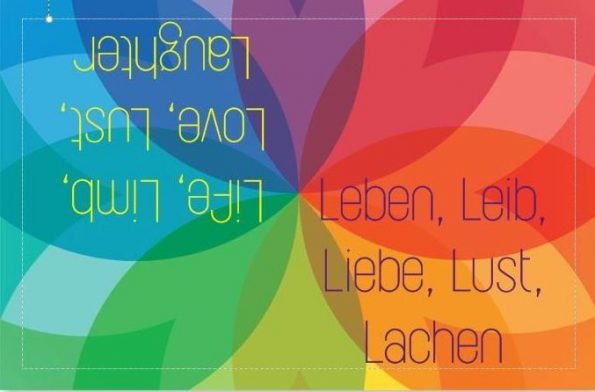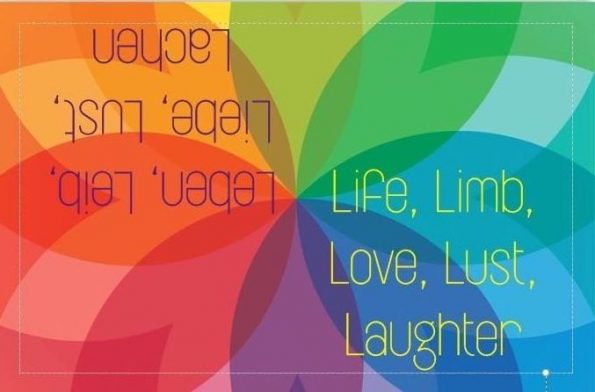Indirect Communication (1)
Details and Context
Hello! This is Sean and here we are. We are delving into the indirect communication we discussed in the last Blog-Lesson: Cues and Hints. These are synonyms and associated with inspiring actions or responses in different contexts.
These communication methods are dependent on our understanding of the situations we are in and the messages being expressed.
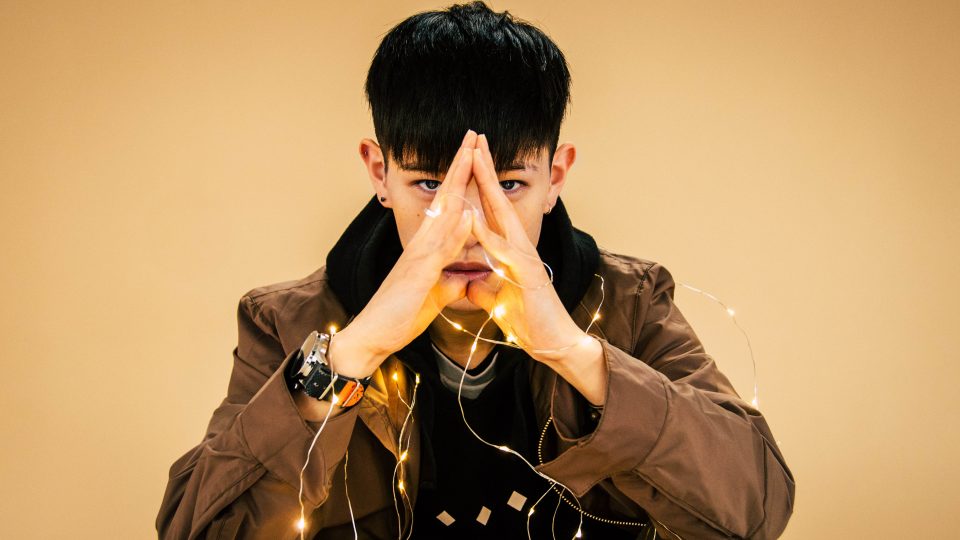
Cues
Cues are most often thought of in the theater or performing arts where they are used to instigate an action. In other words they are and indication that we should react.
First recognizing cues, such as:
- “Say Something…”,
- ” …and you?”
- “Any thoughts?….”
- “Hmmm..,”
- „…“ (an extended pause)
Then, considering our situation, our cue giver, and/or the conversation itself can help us to respond in a way that supports rather than hinders our trust, intimacy and feelings in our relationships.

Hints
Hints have a similar function. However, we find hints more often in games and “intelligence” tests like quiz shows and party games
The greatest thing in family life is to take a hint when a hint is intended-and not to take a hint when a hint isn’t intended.
Robert Frost
Hints like:
- “ Warmer, Colder, More, Closer”
- “I am thinking of…”
- „You know!“
- “Simon Says…“
All of these request and suggest that we already know the answer. We just need to makke a bit more effort.
The cursor: prompt
A good example of the indirect and often unclear intention of a hint is the cursor. The cursor is the blinking line on the computer screen “asking” us to give something of ourselves to the digital world.
On one hand we see the blinking line and feel the urge to do something while on the other hand we often are unclear on what we should type. we are promte to respond and react or in some cases to freeze!

The naked truth
Simultaneously, making an undefined request and suggesting an expectation of understanding can be confusing, intimidating and even frightening. This is especially true if we are feeling vulnerable or exposed.
In intimate situations when we are open, bare and perhaps even naked, hints can be really difficult to understand, follow, or respond to.
In such moments, through thoughtful direct statements and active listening we can transform hints and cues into clarity and comfort.

That is all for now. Next time we will look at signs and signals and our responses to them.
This is Sean. Try being considerate of yourself (and those around you) for a minute, an hour, a day, a week, and see what happens.
Love to hear your thoughts. Till next time! Our earlier Blog-Lessons:
1–2–3–4–5–6–7–8–9–10–11–12–13–14–15–16–17–18–19 –20 –21–22–23–24–25–26–27–28–29
